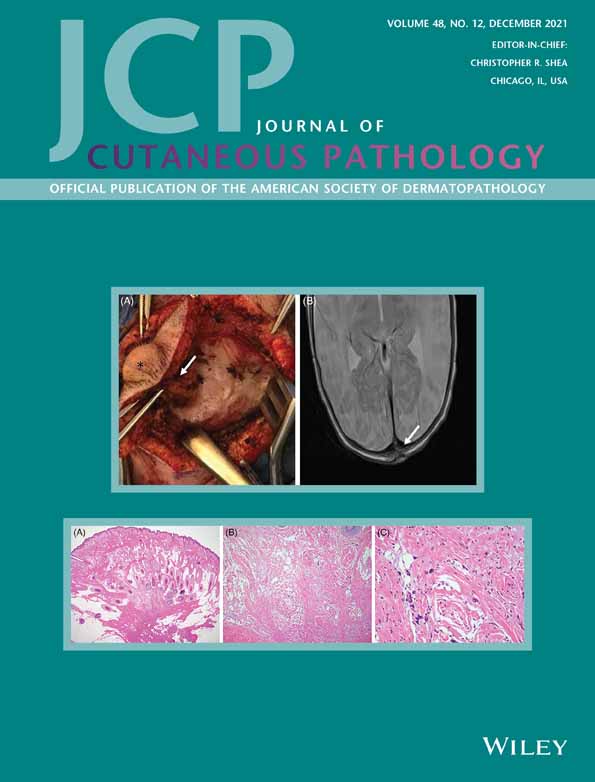Isotopic response of labetalol-associated lichen planus pemphigoides on an old radiation site: A case report
Abstract
Over the years, the occurrences of different types of skin disorders arising from radiation sites have been observed and studied. Examples include autoimmune blistering diseases such as pemphigus, pemphigoid, and interface or inflammatory reaction patterns such as lichen planus, lupus erythematosus, and Stevens-Johnson syndrome. The phenomenon whereby a new skin disorder arises from a previously healed or irradiated site is called an isotopic response, described as a type of Koebner phenomenon. Ionizing radiation itself can profoundly affect the skin. Both early and late changes can present, which typify the progression of changes following irradiation of the skin. Herein, we report a rare case of labetalol-associated lichen planus pemphigoides that occurred at the site treated with radiation for a soft tissue malignancy after 19 years as a result of an isotopic response. The rash was well-controlled after therapy and kept a 4-year remission. The same skin reaction recurred after the reintroduction of labetalol 4 years later.
Open Research
DATA AVAILABILITY STATEMENT
Data are available on request from the authors.




